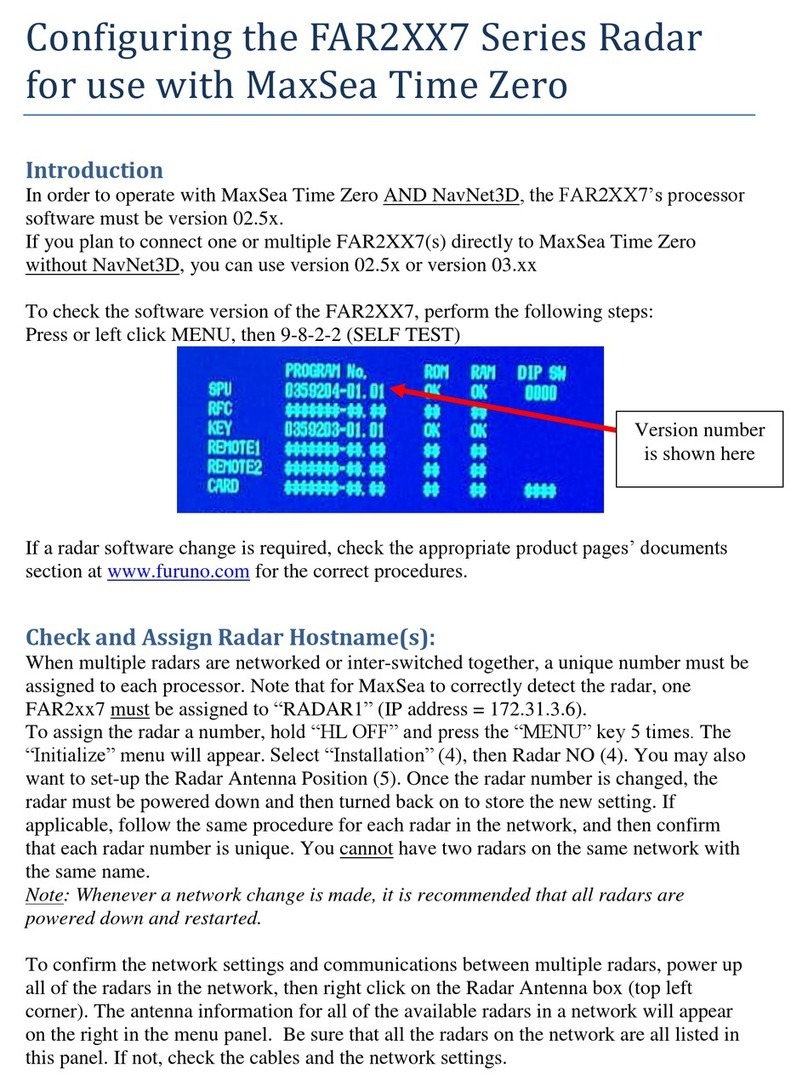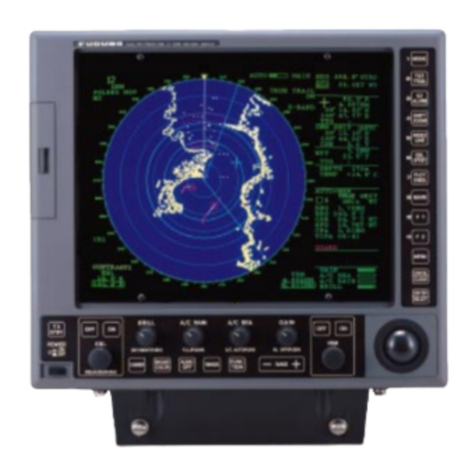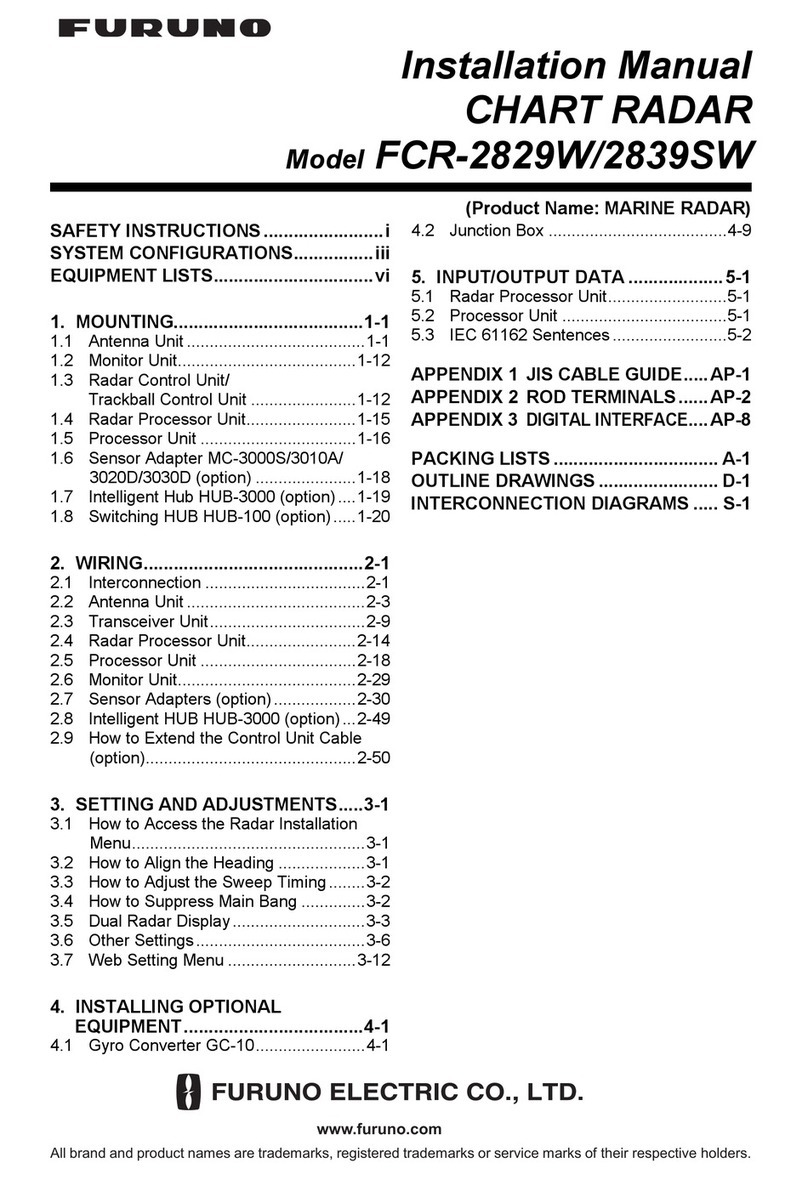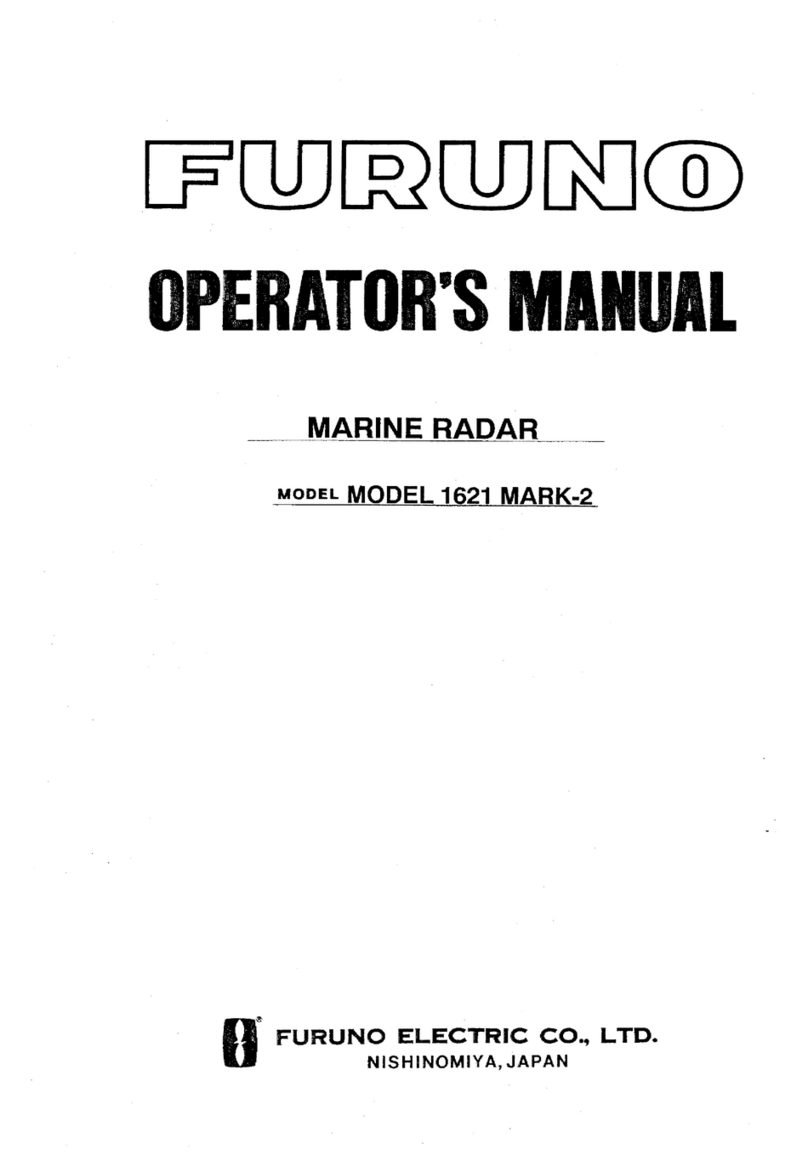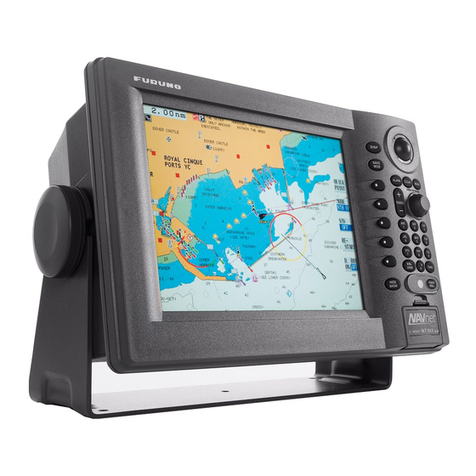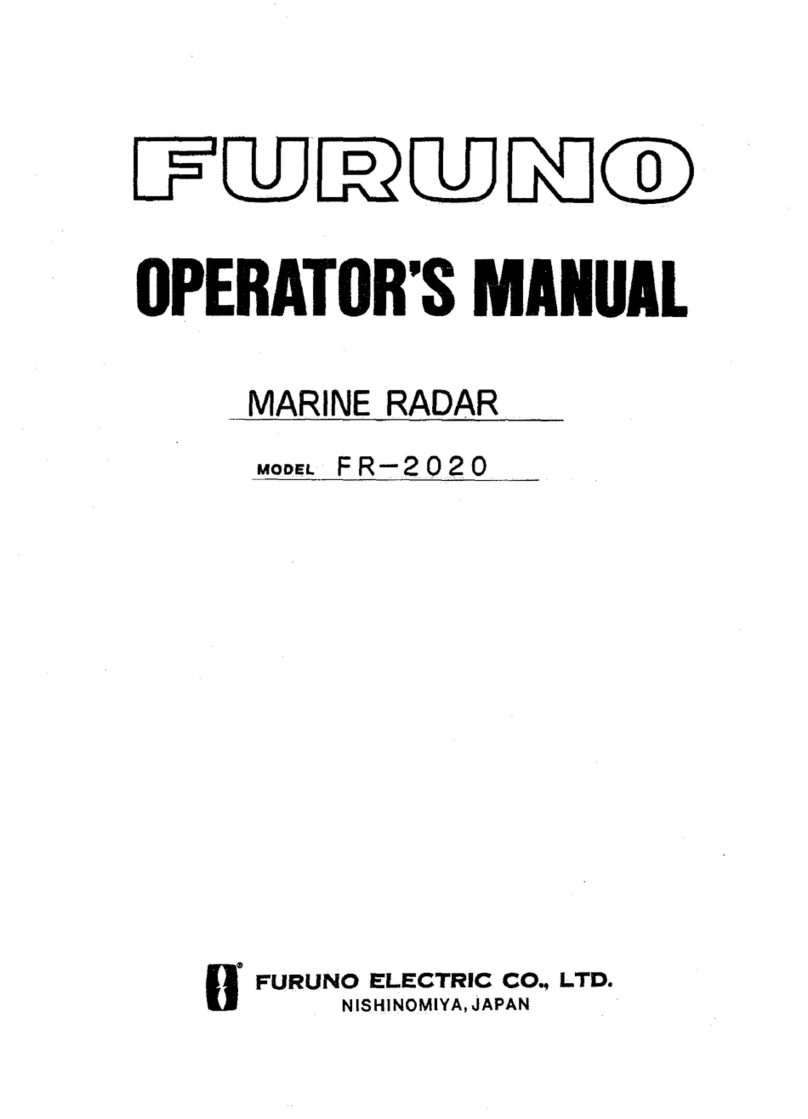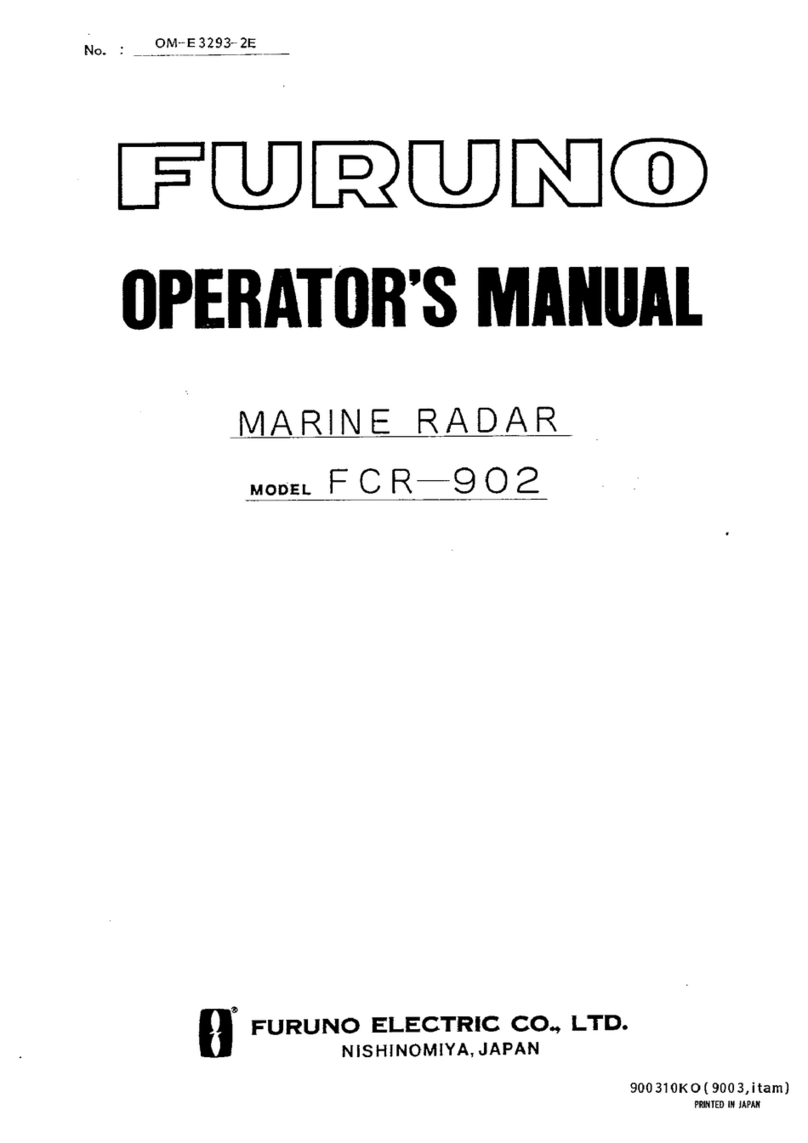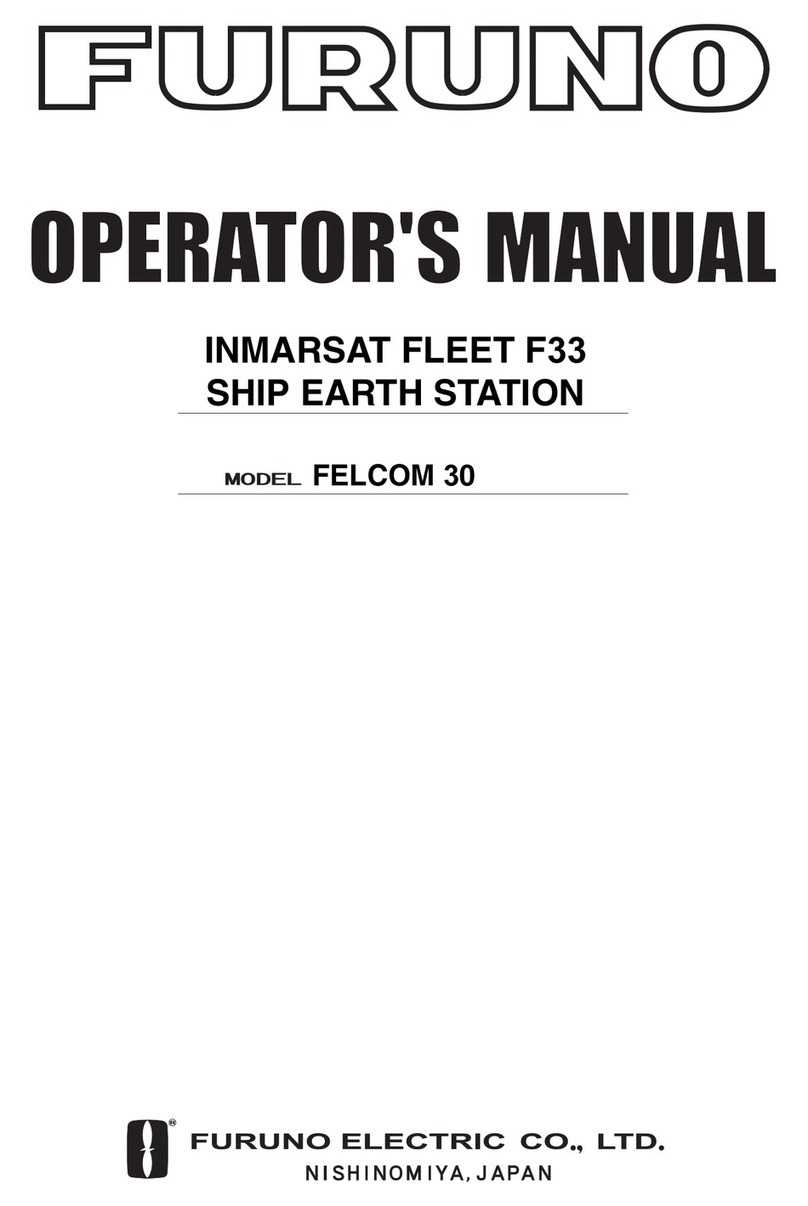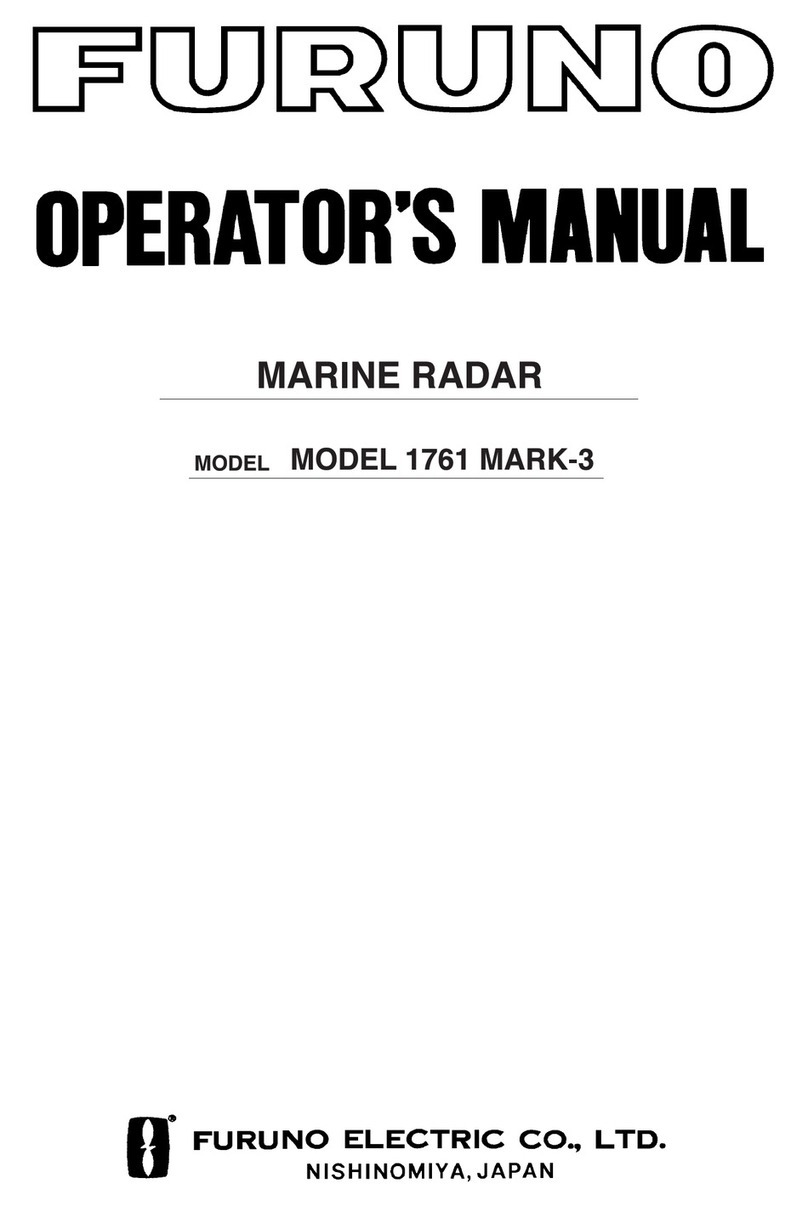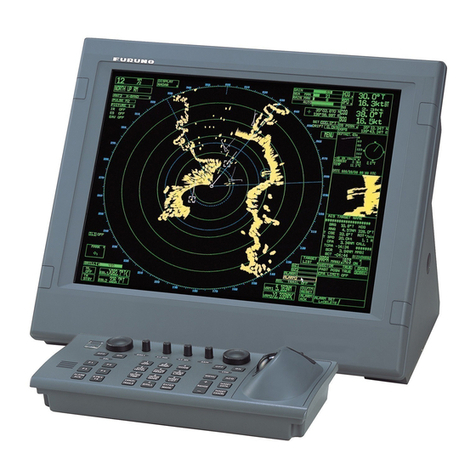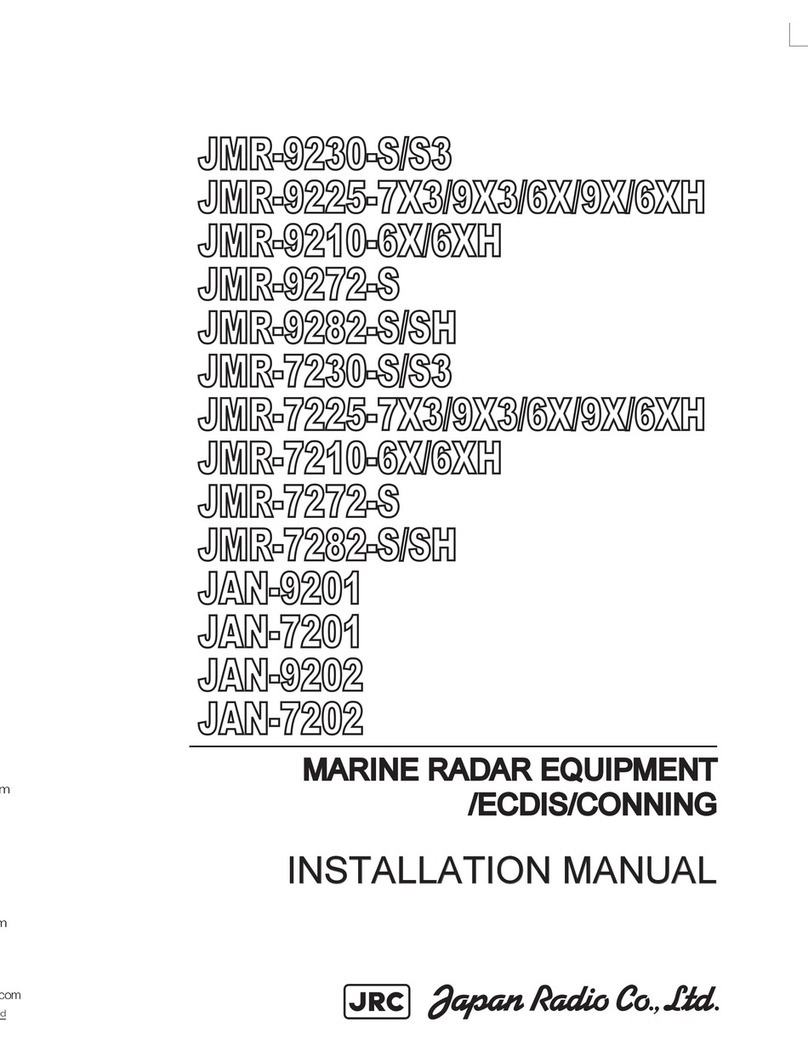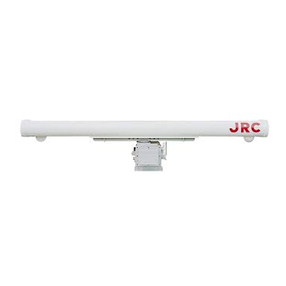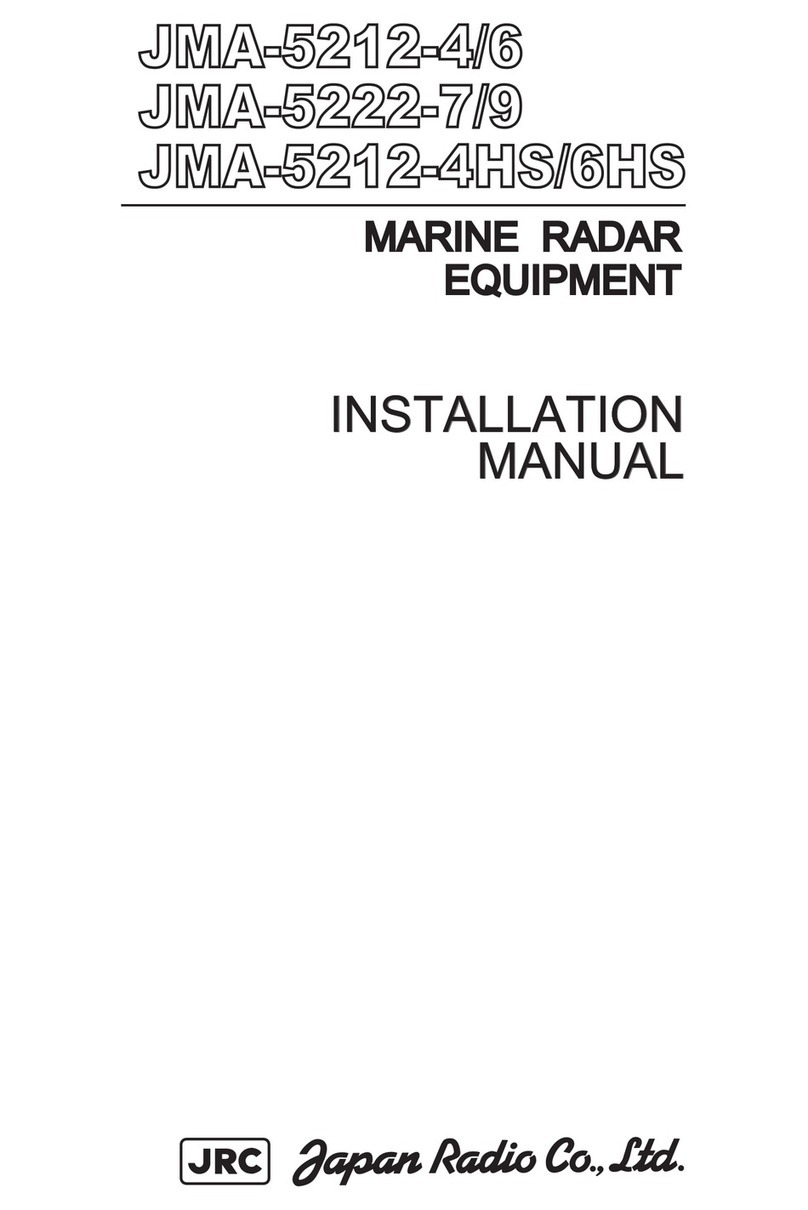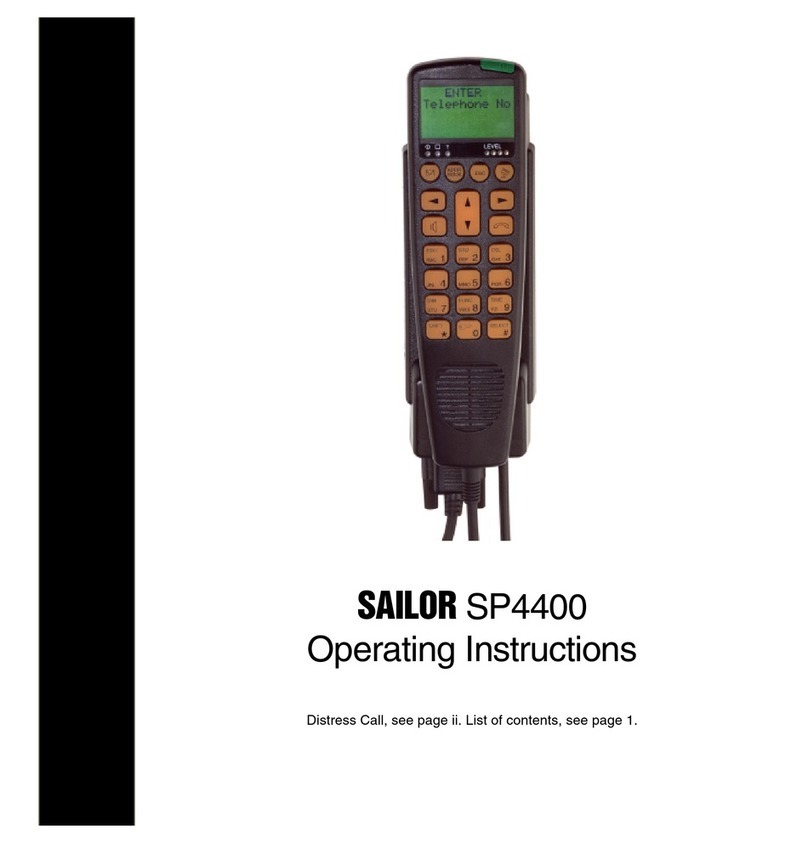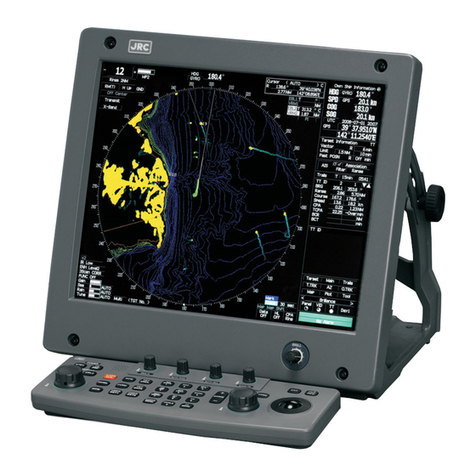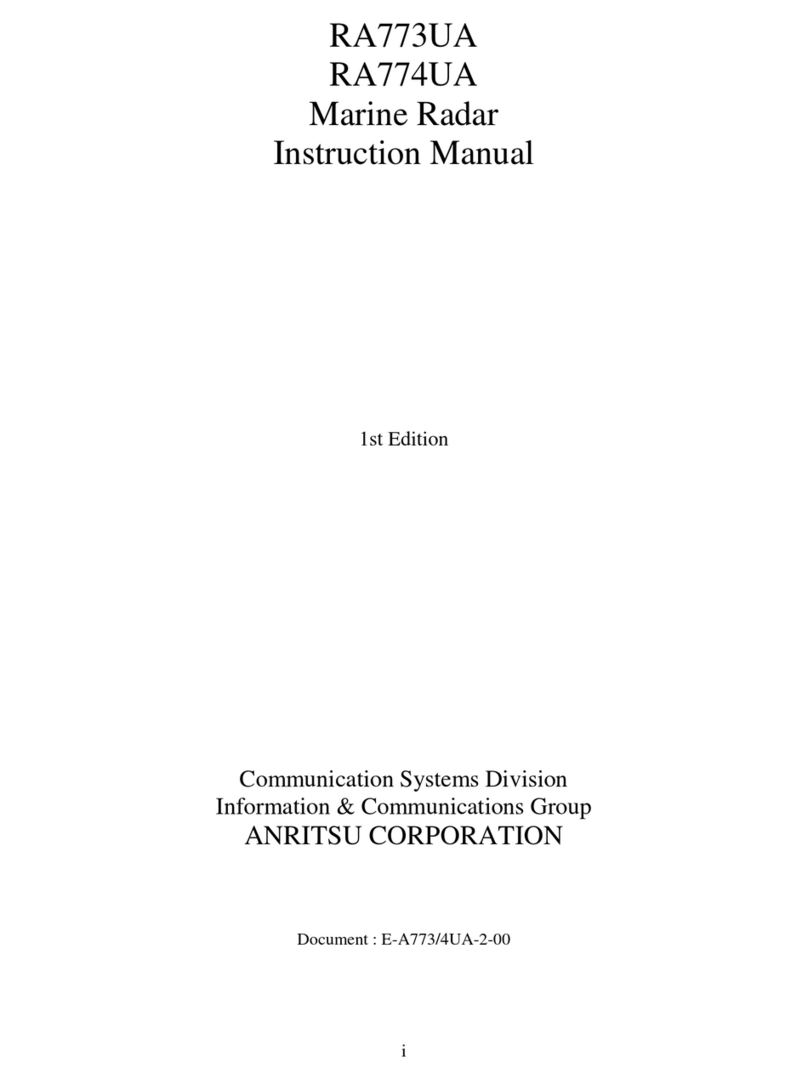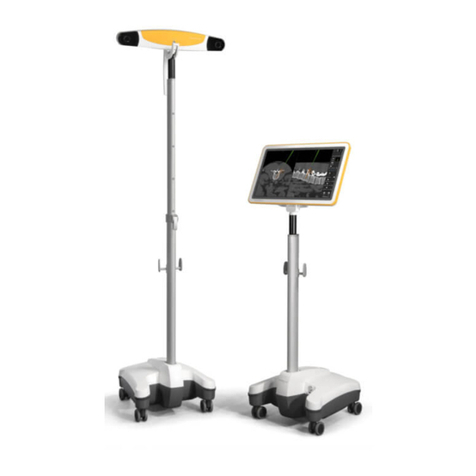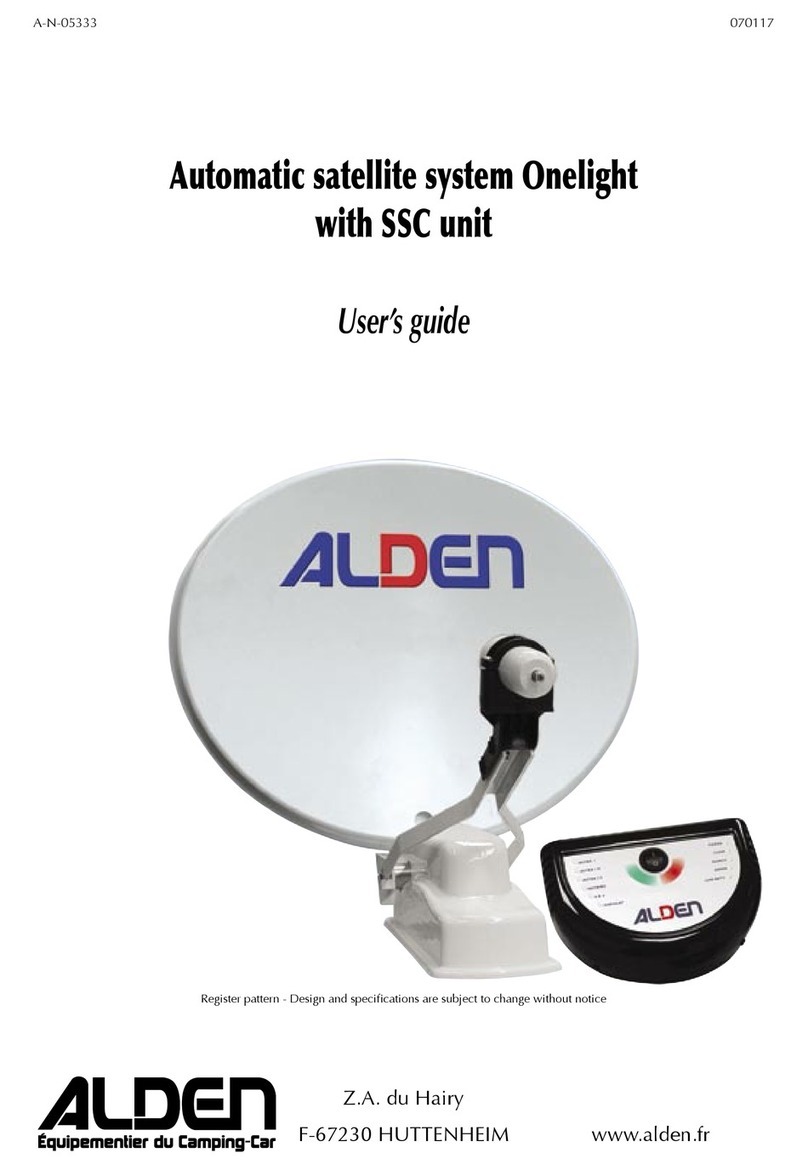
SAFETY INSTRUCTIONS
vi
1.21 Measuring the Bearing .............................................................................................1-33
1.21.1 Measuring the bearing ...................................................................................1-33
1.21.2 Choosing true or relative bearing ...................................................................1-35
1.22 Collision Assessment by Offset EBL.........................................................................1-36
1.22.1 How to assess risk of collision by the offset EBL............................................1-36
1.22.2 Choosing point of reference for origin point of offset EBL...............................1-37
1.23 Measuring Range and Bearing Between Two Targets ..............................................1-38
1.24 Setting a Target Alarm ..............................................................................................1-39
1.24.1 How to set a target alarm zone ......................................................................1-39
1.24.2 Acknowledging the target alarm.....................................................................1-40
1.24.3 Deactivating a target alarm ............................................................................1-40
1.24.4 Target alarm attributes ...................................................................................1-41
1.25 Off-Centering the Display .........................................................................................1-42
1.26 Echo Stretch.............................................................................................................1-43
1.27 Echo Averaging ........................................................................................................1-44
1.28 Target Trails..............................................................................................................1-45
1.28.1 True or relative trails ......................................................................................1-45
1.28.2 Trail time........................................................................................................1-46
1.28.3 Trail gradation................................................................................................1-46
1.28.4 Saving, copying target trails ...........................................................................1-47
1.28.5 Trail level .......................................................................................................1-48
1.28.6 Narrow trails (B, C and W types)....................................................................1-48
1.28.7 Longer trails (B, C and W types) ....................................................................1-49
1.28.8 Removing trails from the display temporarily..................................................1-49
1.28.9 Erasing trails..................................................................................................1-49
1.29 Parallel Index Lines ..................................................................................................1-50
1.29.1 Displaying, erasing parallel index lines...........................................................1-50
1.29.2 Adjusting index line orientation, index line interval .........................................1-51
1.29.3 Index line bearing reference...........................................................................1-51
1.29.4 Choosing maximum number of index lines to display.....................................1-52
1.29.5 Index line mode .............................................................................................1-52
1.30 Origin Mark ..............................................................................................................1-53
1.30.1 Entering origin marks .....................................................................................1-53
1.30.2 Origin mark stabilization.................................................................................1-55
1.30.3 Deleting individual origin marks .....................................................................1-55
1.31 Zoom........................................................................................................................1-56
1.32 Markers....................................................................................................................1-57
1.32.1 Heading marker and heading line ..................................................................1-57
1.32.2 Stern marker ..................................................................................................1-57
1.32.3 North marker..................................................................................................1-57
1.32.4 Own ship symbol ...........................................................................................1-57
1.32.5 Barge marker .................................................................................................1-58
1.33 Automatic Picture Setup According to Navigation Purpose.......................................1-59
1.33.1 Choosing a picture setup option.....................................................................1-61
1.33.2 Restoring default picture setup options ..........................................................1-61
1.33.3 User-programmable picture setups ................................................................1-62
1.34 Programming Function Keys ....................................................................................1-64
1.34.1 Activating a function key ................................................................................1-64
1.34.2 Programming the functions keys....................................................................1-64
1.35 Ship’s Position..........................................................................................................1-69

